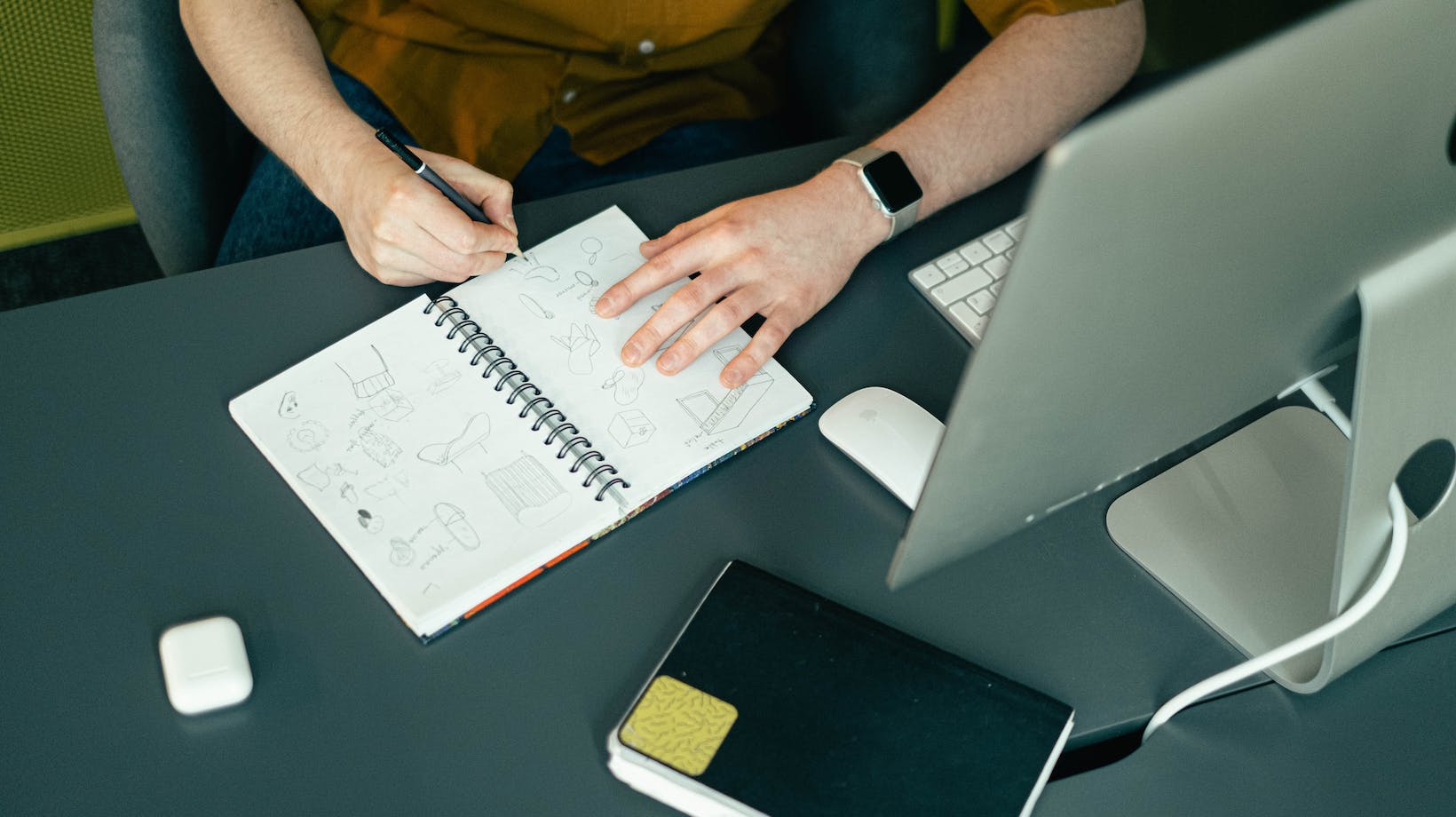Table of Contents
ToggleHow to Preview in Illustrator
I’ll never forget the first time I discovered the power of the “preview” feature in Adobe Illustrator. As a graphic designer, I rely heavily on this tool to fine-tune my designs and ensure they meet my clients’ expectations. In this article, I’ll be sharing my insights on how to make the most of the preview functionality in Illustrator, so you can save time and create visually stunning artwork.
When it comes to designing in Illustrator, previewing your work is an essential step in the creative process. It allows you to see how your design will look before committing to any permanent changes. In this article, I’ll be walking you through the various ways you can preview your designs in Illustrator, from using the Outline view to checking for pixelation and alignment issues. By the end, you’ll have a solid understanding of how to leverage the preview feature to achieve professional-looking designs.
How to Preview in Illustrator
Step 1: Opening the Document in Illustrator
To begin previewing your design in Adobe Illustrator, you first need to open the document you want to preview. Simply launch Illustrator and navigate to the “File” menu, then select “Open” and choose the file you want to work with. Once the file is open, you can proceed to the next step.
Step 2: Navigating to the “Preview” Mode
Once your document is open in Illustrator, it’s time to navigate to the “Preview” mode. This mode allows you to see how your design will look when it’s finalized and exported. To switch to the “Preview” mode, go to the “View” menu at the top of the Illustrator window. From there, select “Preview” or use the keyboard shortcut “Ctrl + Y” (Windows) or “Command + Y” (Mac). You will notice that the interface changes and your design is now displayed without any of the editing tools or guides.
Step 3: Choosing the Preview Mode
In Illustrator, you have different preview modes available to choose from, depending on your specific needs. Here are a few common preview modes and when they are most useful:
- Outline Mode: This mode displays your design as a wireframe, showing only the outlines of your shapes and paths. It’s useful for checking the overall structure and composition of your design, as well as identifying any overlapping or intersecting elements.
- Pixel Preview Mode: This mode simulates how your design will appear on a screen, pixel by pixel. It’s particularly useful when working with web or screen-based designs, as it helps you ensure that your design looks sharp and pixel-perfect.
- Overprint Preview Mode: If you’re working with designs that include overprinting or transparency effects, this mode is essential. It accurately displays how these effects will interact and appear when printed or exported.
- Separations Preview Mode: When working with designs that will be printed using multiple colors or spot colors, this mode allows you to preview how each color will separate and print. It helps you ensure that your colors are accurately separated and avoid any unwanted color shifts or misalignments.
To switch between these preview modes, simply go back to the “View” menu and select the desired mode from the drop-down menu. Experimenting with different preview modes can give you a better understanding of how your design will look in different contexts and help you make any necessary adjustments.

Types of Preview Modes in Illustrator
In this article, I have provided a comprehensive guide on how to preview designs in Adobe Illustrator. I have highlighted the importance of previewing and shared valuable tips and tricks to make the most of this feature. Throughout the article, I have discussed various preview modes, including Outline Mode, Pixel Preview Mode, Overprint Preview Mode, and Separations Preview Mode.
By understanding and utilizing these different preview modes, designers can fine-tune their designs and ensure they meet client expectations. Previewing allows for a more accurate representation of the final output, helping designers catch any potential issues before they become problematic.






